Media | Articles
Just like the GTO, the Plymouth Road Runner spawned a host of imitators
The 1968 Plymouth Road Runner wasn’t just an amusing way to get into a performance car—it was the most significant high-performance American vehicle since the 1964 Pontiac GTO shook up the cognoscenti. By the time Plymouth introduced the 1967 GTX, it (like others) had followed the GTO’s lead with high-line models stuffed with horsepower. Kids who were bagging groceries and wanted a piece of the action were being ignored by the market.
Then Plymouth changed the rules with a 383-powered Belvedere that ran ETs under 15 seconds at almost 100 mph. All for under $3000. The official forecast suggested 2000 units, but almost 45,000 were built.
Detroit sat up and took notice, with several manufacturers embracing the Road Runner’s formula. They might not be the original, but some of these imitators had serious chops.
1968 Dodge Super Bee
Marketplace
Buy and sell classics with confidence
20180330192501)
One can’t blame Dodge for feeling like it was missing out on an opportunity, so in January 1968 the Division introduced the newest member of the Scat Pack: Super Bee. Like the Road Runner, the Bee came standard with the 383/335 and four-speed (Hemi optional), but it distinguished itself with the Charger’s Rallye dashboard, Coronet R/T’s domed hood, and bumblebee stripes.
1969 Ford Cobra
20180330192605)
Ford already had the Torino GT, but it was based on the high-line Torino and came standard with a non-performance 302. Adding the Fairlane-based Cobra was the logical response to the Road Runner, and the standard 335-horse 428 Cobra Jet was Ford’s trump card. Available as a fastback and hardtop, the Cobra cost a little more than the Plymouth but also ran rings around the 383. Ram Air and the Drag Pack were key options to stave the Hemi’s bite.
1969 Mercury Cyclone CJ
20180330192625)
The Cyclone was Mercury’s cousin to the Torino GT, so it was only logical for Mercury to offer its version of the Cobra—witness Cyclone CJ! Offering fewer standard frills than the regular Cyclone but including a standard 428 Cobra Jet, the Cyclone CJ also matched the Cobra with standard four-speed with 3.50 single-traction rear, Polyglas tires, blackened grille, and all-vinyl bench seat but added its own twist with hood stripes and optional side stripes.
1969 Chevrolet Chevelle 300 Deluxe with SS 396 package
20180330192527)
Rather than introduce a new model, Chevrolet made the 1969 SS 396 (now an optional performance package) available for the pillared 300 Deluxe coupe and hardtop, in addition to the posh Malibu hardtop and convertible. Standard power was 10 shy of the ‘Runner’s, but 350 and 375 horses were available. Paradoxically, a bench was the only seat available but SS mags were standard.
While 1970 is arguably considered the high point of the muscle car era, the truth is that sales had begun a downward spiral after 1968. According to the December 1969 Ward’s AutoWorld, Nationwide implemented a “50% surcharge [that] overlapped … into non-specialty lines.” Additionally, most of the 1970 model year was surrounded by a recession, spurring sales for compacts like the Maverick, Gremlin, and Duster. Hence, several manufacturers introduced cars that were Road Runner-inspired yet in standard form may have satisfied “doll package” prospects:
1970 Oldsmobile Rallye 350
20180330192728)
The Lansing company felt there was a need for a car “aimed at prospects that who wish to identify with performance—who want performance appearance combined with the practicality of a more conventional engine and powertrain.” The Rallye 350 package for F85 and Cutlass S two-doors was that manifestation, giving “substantial performance and may offer insurance rate benefits to the consumer,” thanks to a 310-horse 350, eye-searing yellow paint with urethane-coated bumpers, and more.
1970-1/2 Pontiac GT-37
20180330192816)
The recession provoked Pontiac to introduce a cheaper Tempest called the T-37; a special GT package looked the part and could play with the Plymouth when optioned right. The so-called GT-37 came equipped with a tepid 350 two-barrel. with floor-shifted three-speed, 1969 GTO Judge body striping, hood pins, G70-14s on Rally II mags, and dual exhaust with rear valence extensions, but judicious use of the order form could produce a 330-horse 400 with four-speed—the same engine as the GTO’s 400/350.
1971 Chevrolet Heavy Chevy
20180330192758)
The Malibu’s SS package was downgraded for 1971 to include a standard two-barrel 350. Yet, like Pontiac’s GT-37, Chevrolet felt the need to offer a vehicle that reflected the new values of the time. The “YF3” Heavy Chevy package for the low-line Chevelle was “heavy on looks and light on price … afford[ing] the owner an opportunity to express his or her individuality at a minimum price,” with unique striping, SS hood with pins, blackened grille and headlight bezels, 14×6 Rally wheels sans trim rings, and engines ranging from the two-barrel 307 to the 402/300.
Learn the easiest Rubik’s Cube solution with the beginners method. You have to memorize only 7 steps to fix a scrambled cube.
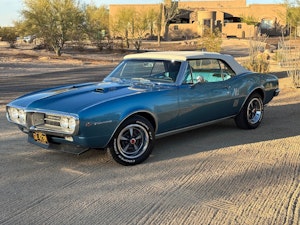
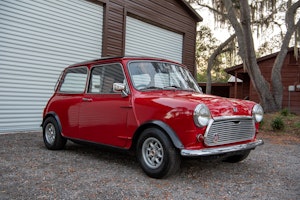
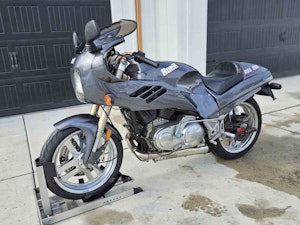

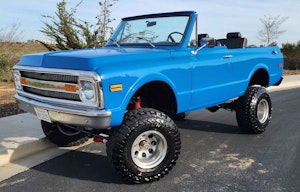


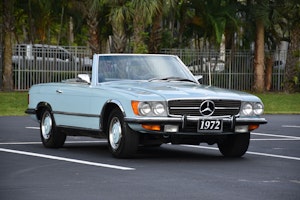
20180330172338)
20180330172424)
20180330172459)
20180330172558)
20180330172841)
20180330172952)
20180330173331)

